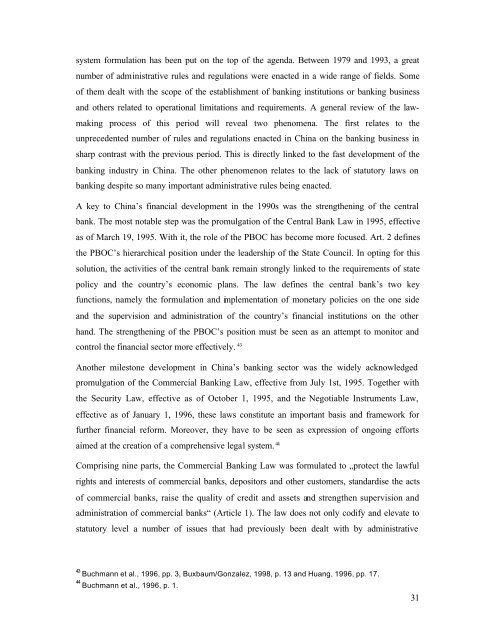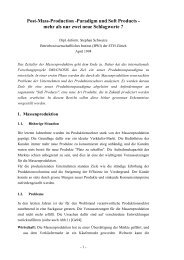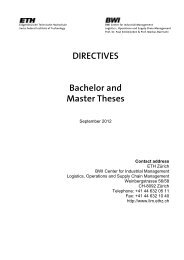The China Venture
The China Venture
The China Venture
You also want an ePaper? Increase the reach of your titles
YUMPU automatically turns print PDFs into web optimized ePapers that Google loves.
system formulation has been put on the top of the agenda. Between 1979 and 1993, a great<br />
number of administrative rules and regulations were enacted in a wide range of fields. Some<br />
of them dealt with the scope of the establishment of banking institutions or banking business<br />
and others related to operational limitations and requirements. A general review of the law-<br />
making process of this period will reveal two phenomena. <strong>The</strong> first relates to the<br />
unprecedented number of rules and regulations enacted in <strong>China</strong> on the banking business in<br />
sharp contrast with the previous period. This is directly linked to the fast development of the<br />
banking industry in <strong>China</strong>. <strong>The</strong> other phenomenon relates to the lack of statutory laws on<br />
banking despite so many important administrative rules being enacted.<br />
A key to <strong>China</strong>’s financial development in the 1990s was the strengthening of the central<br />
bank. <strong>The</strong> most notable step was the promulgation of the Central Bank Law in 1995, effective<br />
as of March 19, 1995. With it, the role of the PBOC has become more focused. Art. 2 defines<br />
the PBOC’s hierarchical position under the leadership of the State Council. In opting for this<br />
solution, the activities of the central bank remain strongly linked to the requirements of state<br />
policy and the country’s economic plans. <strong>The</strong> law defines the central bank’s two key<br />
functions, namely the formulation and implementation of monetary policies on the one side<br />
and the supervision and administration of the country’s financial institutions on the other<br />
hand. <strong>The</strong> strengthening of the PBOC’s position must be seen as an attempt to monitor and<br />
control the financial sector more effectively. 43<br />
Another milestone development in <strong>China</strong>’s banking sector was the widely acknowledged<br />
promulgation of the Commercial Banking Law, effective from July 1st, 1995. Together with<br />
the Security Law, effective as of October 1, 1995, and the Negotiable Instruments Law,<br />
effective as of January 1, 1996, these laws constitute an important basis and framework for<br />
further financial reform. Moreover, they have to be seen as expression of ongoing efforts<br />
aimed at the creation of a comprehensive legal system. 44<br />
Comprising nine parts, the Commercial Banking Law was formulated to „protect the lawful<br />
rights and interests of commercial banks, depositors and other customers, standardise the acts<br />
of commercial banks, raise the quality of credit and assets and strengthen supervision and<br />
administration of commercial banks“ (Article 1). <strong>The</strong> law does not only codify and elevate to<br />
statutory level a number of issues that had previously been dealt with by administrative<br />
43 Buchmann et al., 1996, pp. 3, Buxbaum/Gonzalez, 1998, p. 13 and Huang, 1996, pp. 17.<br />
44 Buchmann et al., 1996, p. 1.<br />
31






